Two new Michigan Tech studies show how heating with electric heat pumps is good for the environment — and the Upper Peninsula’s wallet, especially when paired with solar energy.
Long, cold, snowy winters are familiar to Nelson Sommerfeldt, who grew up on the Keweenaw Peninsula, graduated from Michigan Technological University in 2004, and for the past 10 years has been researching sustainable energy at the Royal Institute of Technology in Stockholm, Sweden. Nordic winters haven’t been any warmer or shorter, but there is a major difference: In Sweden, electric heat pumps are the most common form of household heating.
Propane heating is common throughout Michigan’s Upper Peninsula (U.P.), and it’s expensive. Knowing this, Sommerfeldt came back to Tech as a visiting scholar, teaming up with Tech’s solar photovoltaic (PV) experts to find out if solar heat pumps are a viable heating method for the region.
A heat pump is an air conditioner running in reverse. Working at temperatures as low as minus 5 degrees Fahrenheit, the pump takes cold air from outside and produces warm air inside. It runs on electricity but is three times more efficient than the space heater under your desk. That efficiency is vital for dealing with the U.P.’s high electricity prices — but the real savings come from using solar PV. MTU studies have previously shown that solar PV is cheaper than grid electricity. The latest studies explore whether enough solar energy can be generated and used by the heat pump to keep an average U.P. home warm — and what it will cost.
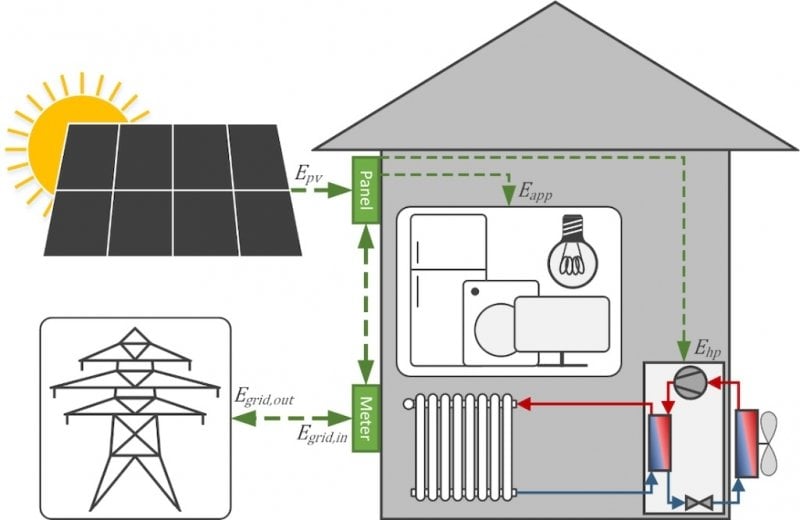
A Propane Alternative
In the first study, the team looked at rural, residential buildings in the U.P. that rely on propane. They tested multiple heating system designs, with and without solar, all connected to the grid. Without any subsidies, they found that heat pumps have lower lifetime cost and greenhouse gas (GHG) emissions. When solar PV is added to the system, GHG emissions are reduced by 50% immediately, and because the heat pump is supported by grid electricity, the savings are expected to increase over time.
"Most Yoopers would save money by upgrading their propane heaters with heat pumps and solar. Upper Peninsula Power Company's high prices can be a barrier, but UPPCO's new electric heating rates combined with existing solar PV rebates should tip the scales in favor of solar heat pumps."
Explore Other Aspects of Sommerfeldt's Research
Cheaper Than Natural Gas
While propane has been headlining the news lately, most U.P. residents use natural gas for heating. In the second study, the team tested how net-zero energy homes using solar heat pumps compare economically to homes using natural gas. The study, conducted in the neighboring towns of Sault Ste. Marie in the U.S. and Canada, used current electricity and gas rates combined with net metering to determine that a solar PV system can cover 100% of a home’s energy needs at a lower cost than natural gas. While the systems require a large investment, researchers point out that they provide better returns than comparable financial products, including U.S. Certificates of Deposit (CDs) or Guaranteed Investment Certificates (GICs) in Canada.
Access the Studies
Decarbonizing rural residential buildings in cold climates: A techno-economic analysis of heating electrification, appeared in Energy and Buildings.
Economics of Grid-Tied Solar Photovoltaic Systems Coupled to Heat Pumps: The Case of Northern Climates of the U.S. and Canada, appeared in Energies.
“This is the first study in North America showing that solar heat pumps can compete with natural gas,” Sommerfeldt said. “Even though you won’t get rich, you do save money and emissions, a win-win!”
Sommerfeldt said heat pumps, especially when paired with solar PV, are one of the biggest climate actions homeowners can take for themselves year-round because heat pumps can function as air conditioners during hot summer weather.
“In the U.P., heating accounts for 75% of our homes’ energy use. Solar PV is great, but electrifying heating boosts emissions reductions by 500% more than PV alone. You can save money in the long run — and save the propane for the grill.”
Michigan Technological University is an R1 public research university founded in 1885 in Houghton, and is home to nearly 7,500 students from more than 60 countries around the world. Consistently ranked among the best universities in the country for return on investment, Michigan's flagship technological university offers more than 120 undergraduate and graduate degree programs in science and technology, engineering, computing, forestry, business, health professions, humanities, mathematics, social sciences, and the arts. The rural campus is situated just miles from Lake Superior in Michigan's Upper Peninsula, offering year-round opportunities for outdoor adventure.
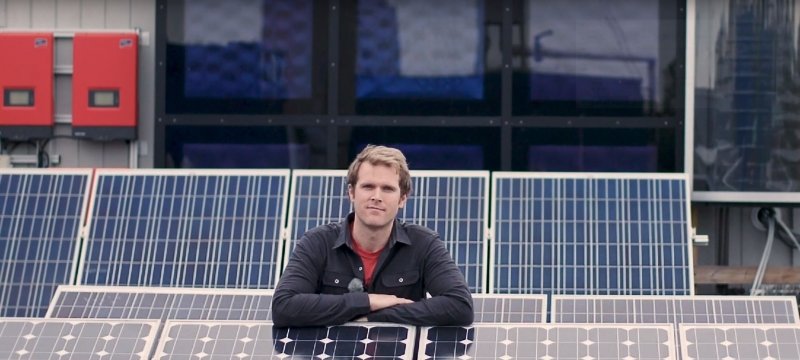
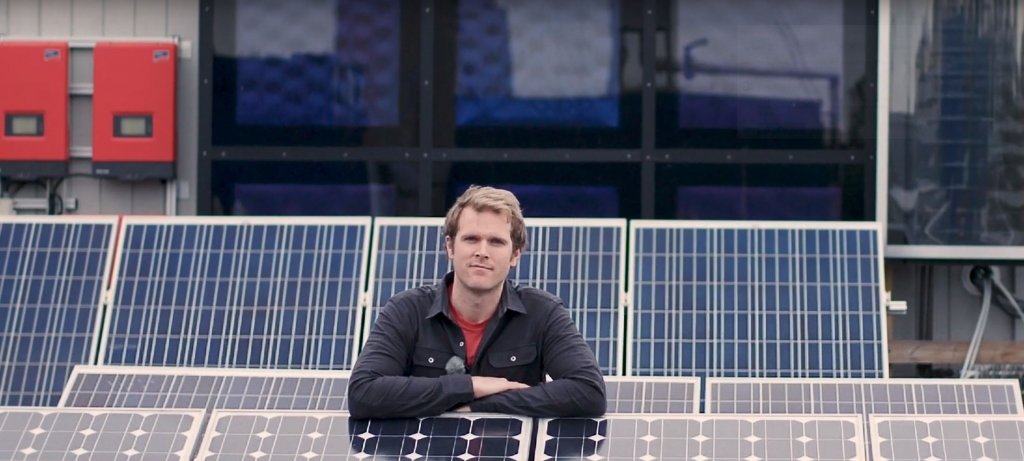

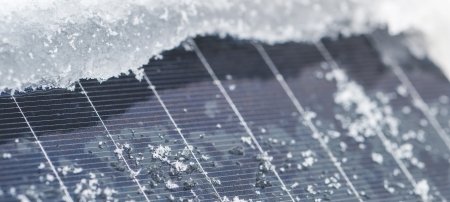
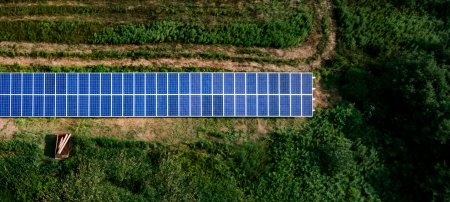

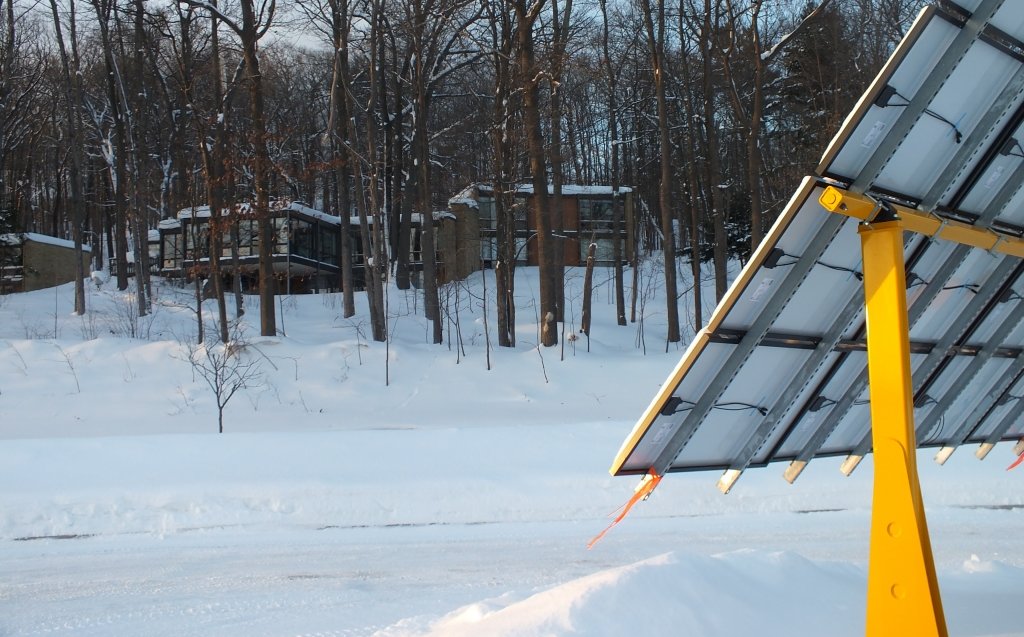
Comments